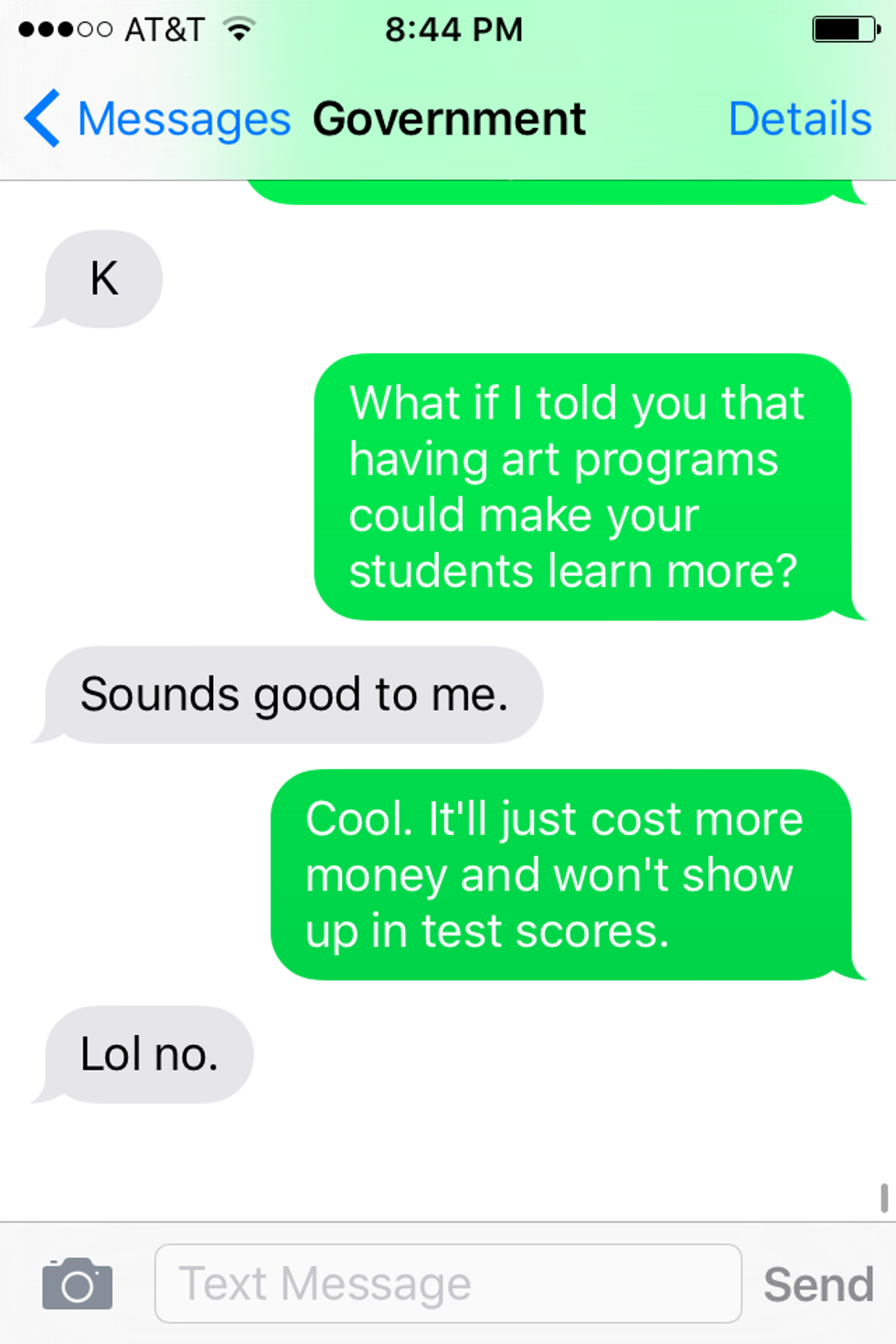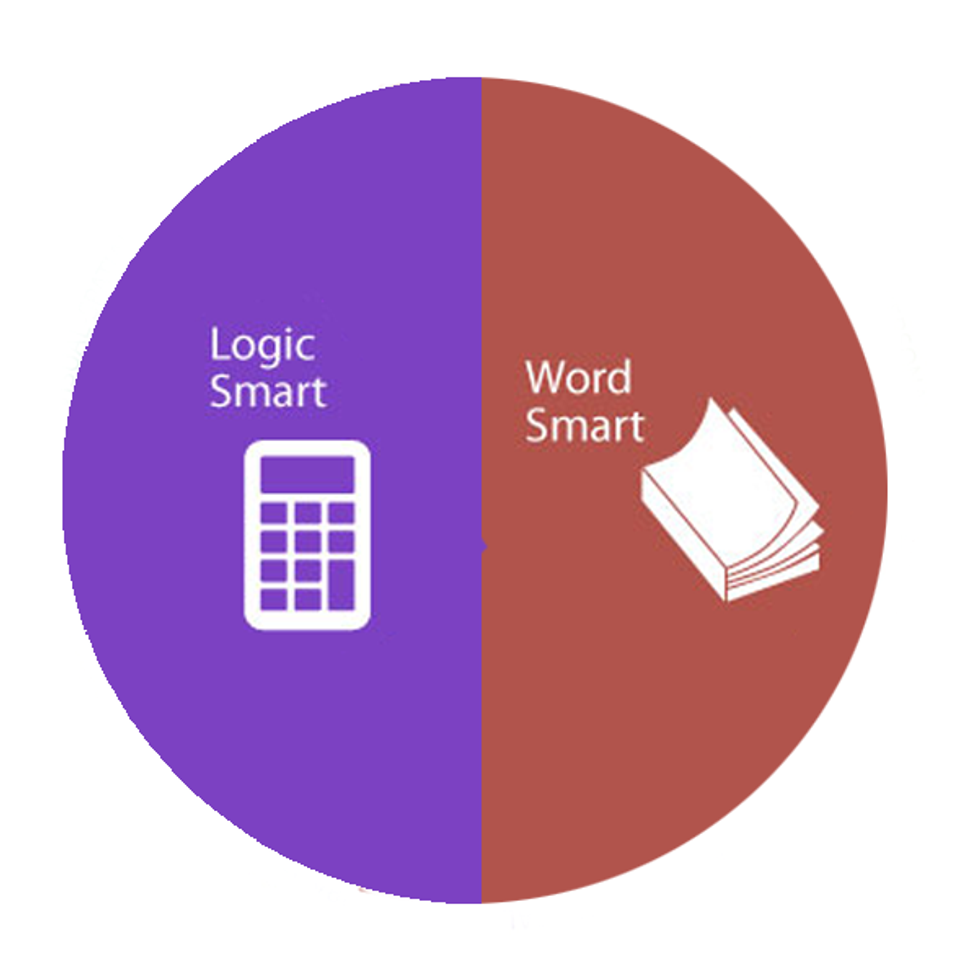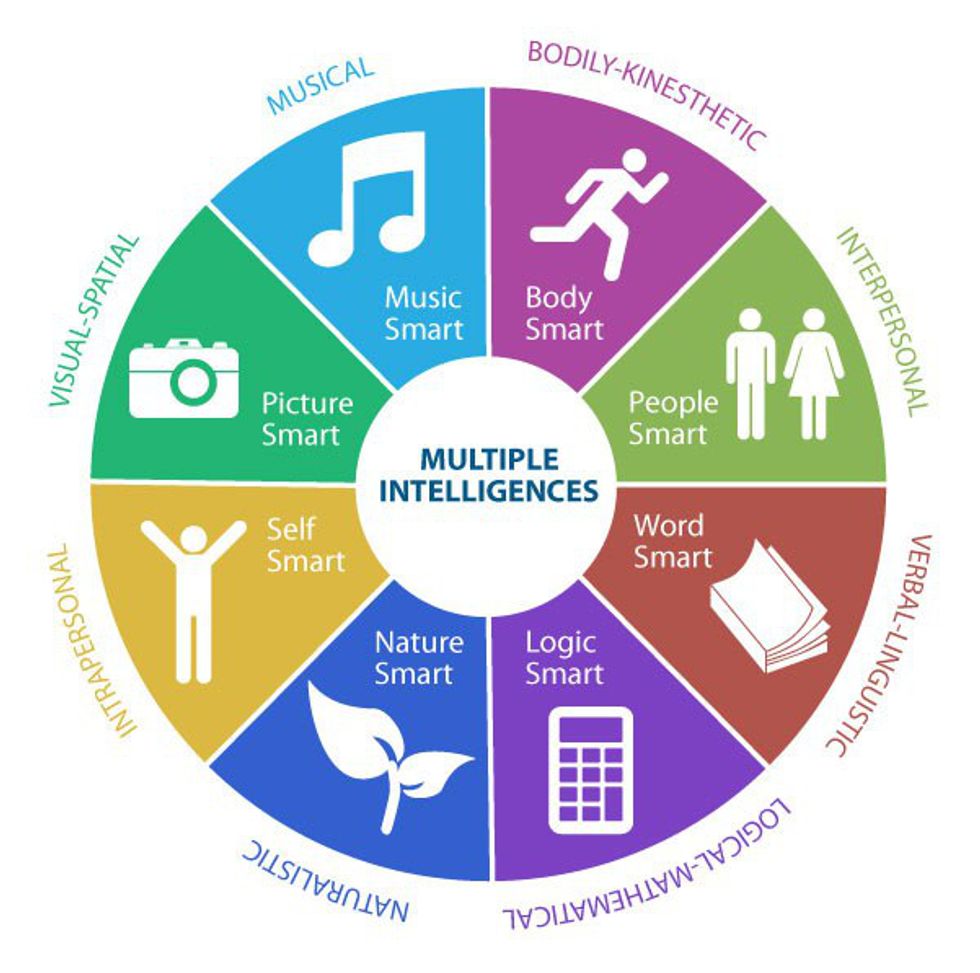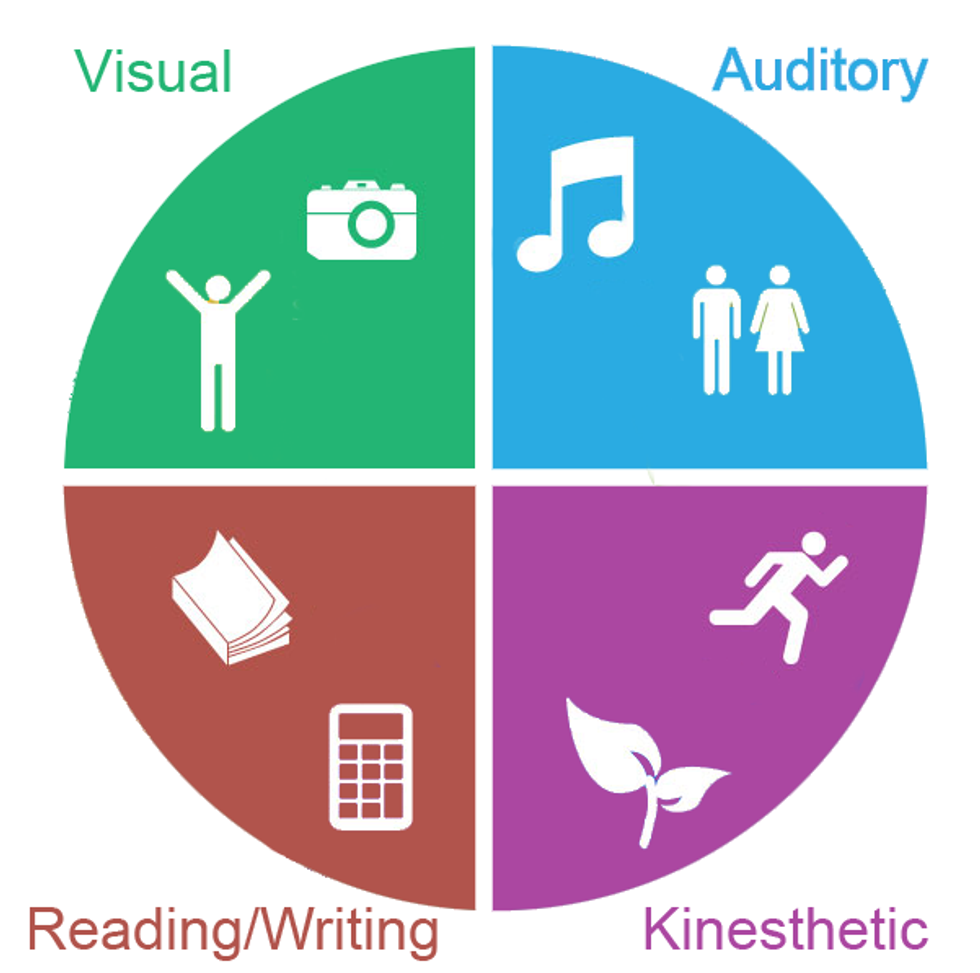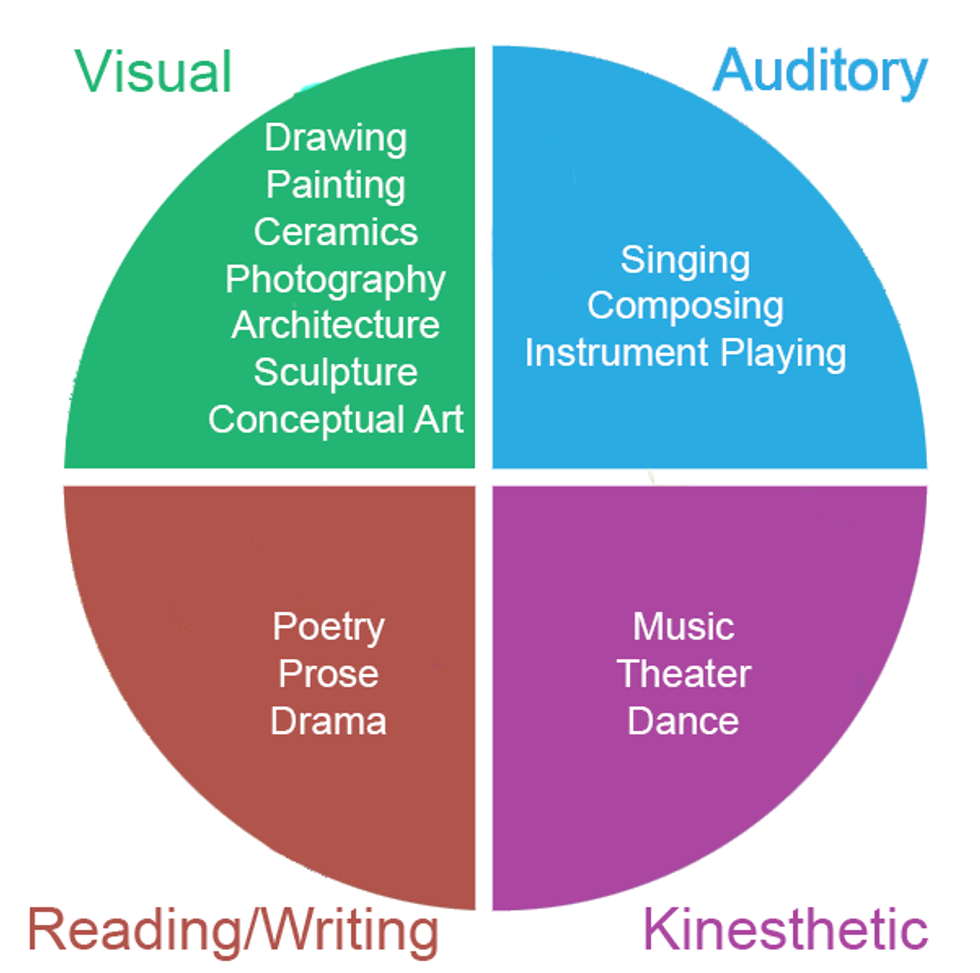It is an unfortunate reality that intelligence is currently measured poorly and that art education is currently impractical. Many argue that art education matters because it helps create more creative, spiritual, and well-rounded individuals, but in a world of standardized testing such sentiments are irrelevant.
In order to receive funding in the name of education, art needs to have a practical application in an academic setting, but anyone who has taken the ACT or SAT knows that there is no portion of the test where drawing is measured for composition or problem-solving skills. While art may be a wonderful hobby to help one decompress and have more mental power for learning, artistic applicability is not easily measured, and without statistics to show that art really does matter, why would the government want to pay for it when the money could be used for something deemed more important?
The regrettably popular belief that art cannot be linked to math or science is what keeps the arts from being promoted in education. Even those who actually do believe that art can be connected to improved testing scores have little to no evidence to back up their claims. This is because art is always measured as a field of study in correlation with the main fields of study for testing—reading, writing, math, and science. The only fields of intelligence that matter, then, are the ones that can be easily measured on tests which are logic and linguistics. So “intelligence” is seen/measured as this:
However, if one were to fully comprehend all the possible types of intelligence...
*Gardner's Theory of Multiple Intelligence
How they may link to all the different learning styles….
*Neil Fleming's VARK Model of Learning Styles
And how learning can be implemented with the arts...
Then one might understand that not only is art being neglected in the pursuit of knowledge but also learning itself.
Unfortunately, these are but a handful of theories out of many other plausible theories, and while they are interesting to know about, they mean nothing without being properly tested. While money can be put towards art education, it can also be put towards education research that might test and show the correlations between art and intellect. Art will only be practical in an academic setting if we fully understand what we must learn and how we should learn it. If we want to show why art education matters, we must first prove that education research matters. Indeed, art education may very well be the key to our future, but only once education research has been brought to the surface will art education be properly understood and implemented.


